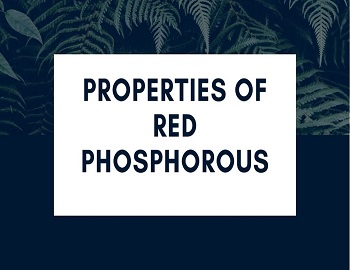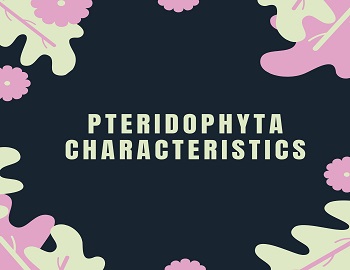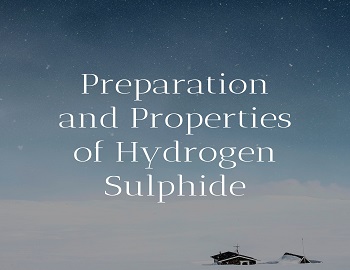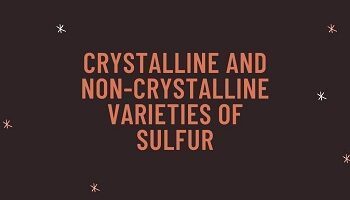Table of Contents
Properties of Red Phosphorous:
In 1845, Schrotter first prepared a red variety of phosphorous by heating white phosphorous in a flask in an atmosphere of nitrogen or carbon dioxide gas.
Physical Properties of Red Phosphorous:
- Red phosphorous is a violet-red amorphous powder.
- It is a hard substance and its specific gravity is 2.2.
- Its melting point is 600-615°C and its boiling point is very high. Its ignition temperature is 260°C.
- It is insoluble in water as well as in carbon disulfide.
- It is a poor conductor of electricity.
- It is non-poisonous in nature.
Chemical Properties of Red Phosphorous:
Chemically, red phosphorous is less active than white phosphorous.
(1) Stability- Red phosphorous is a stable variety of phosphorous. It is stable towards heat.
(2) Combustion- Red phosphorous combines with oxygen at 260°C to give rise to the formation of phosphorous pentoxide (P2O5).
| P4 + 5O2 ———> 2P2O5 |
(3) Action of non-metals- It combines with non-metals such as halogens, sulfur, etc. on heating to give the corresponding halides, sulfides etc.
| P4 + 6Cl2 ———> 4PCl3 (Phosphorous trichloride) P4 + 3S ———> P4S3 (Tetraphosphorous trisulfide) |
(4) Action of metals- Red phosphorous combines with metals such as sodium, calcium, etc. on heating to give rise to the formation of the corresponding phosphides.
| 12Na + P4 ———> 4Na3P 6Ca + P4 ———> 4Ca3P2 6Cu + P4 ———> 2Cu3P2 |
(5) Action of alkalis- It has no action on hot concentrated alkalis like NaOH.
(6) Reducing Properties- Like white phosphorous, it reduces concentrated H2SO4 and HNO3.
| P4 + 10H2SO4 ———> 10SO2 + 4H3PO4 + 4H2O P4 + 20HNO3 ———> 20NO2 + 4H3PO4 + 4H2O |
(7) Phosphorescence- Red phosphorous does not show the phenomenon of phosphorescence.
Uses of Red phosphorous:
It is used-
- In the manufacture of safety matches.
- In the production of phosphorous compounds.
- In the manufacture of alloys like phosphor-bronze.
- In the preparation of HBr, HI and organo halogen compounds.









Comments (No)